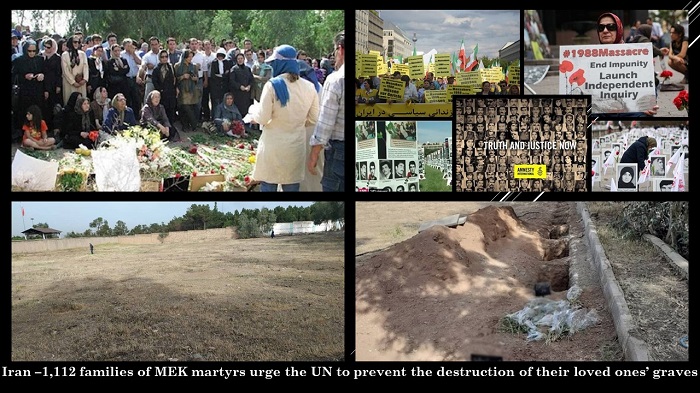
The 1988 massacre saw the Iranian regime kill around 30,000 political dissidents over several months. This was following a fatwa from then-Supreme Leader Khomeini which said that regime opponents were waging war on God himself. This was to target the People’s Mojahedin Organisation of Iran (PMOI / MEK Iran), which remains the leading democratic alternative to the theocratic regime.
MEK members and relatives of the martyrs recently signed a letter to the UN secretary-General Antonion Guterres which called for renewed attention to the crime against humanity. It also emphasized that authorities remain committed to systematically destroying evidence that might otherwise be uncovered by an international investigation.

No such investigation has ever taken place, however. Seven UN Human Rights experts sent a letter in September 2020 to Iranian officials demanding them to release the information about the killings and the whereabouts of mass graves where most of the victims are interred.
The regime’s lack of response to that latter reaffirms its commitment to denial regarding the massacre and human rights abuses. The letter used these terms to describe the behavior of the regime that had been enabled by the lack of UN intervention following reports of the increasing executions in 1988. Human rights experts note that references to the massacre were in the new year’s resolution on Iran’s human rights record, but that did not provoke action from the Security Council, the High Commission on Human Rights, or other relevant bodies.
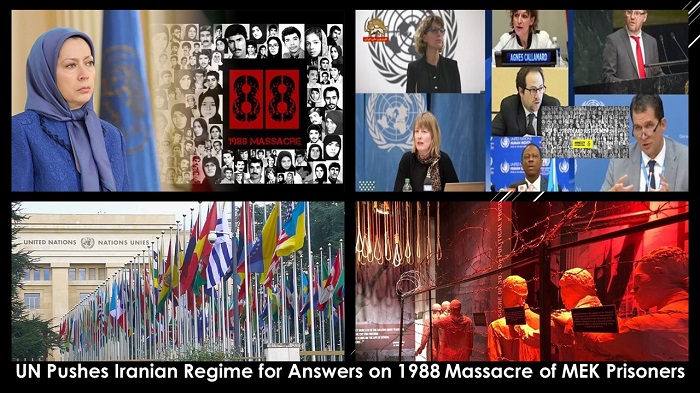
Instead of punishing participants of the massacre, Tehran has instead promoted them within the regime. Both the current head of the judiciary and the Iranian Minister of Justice served on the “death commissions” that determined who would be hung on the charge of “enmity against God”.
The UN human rights experts clarified that if Iran authorities did not act on their own, then the responsibility would fall to the international community. A published letter in December confirmed that no response had been received from Tehran and that the UN would soon respond.
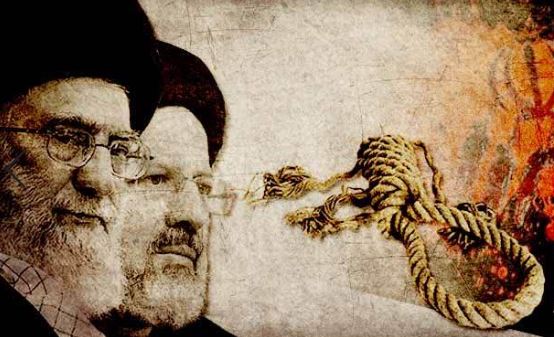
Amnesty International called this statement a “momentous breakthrough” and a prospective “turning point” in the search for accountability for the massacre.
Res. 118 also highlights statements from Amnesty International and the UN human rights experts, recognizing the victims of 1988 were buried in mass graves in no more than 32 cities in Iran.
The MEK however, places the number at 36 including cities where mass graves gave been destroyed and concealed by authorities.
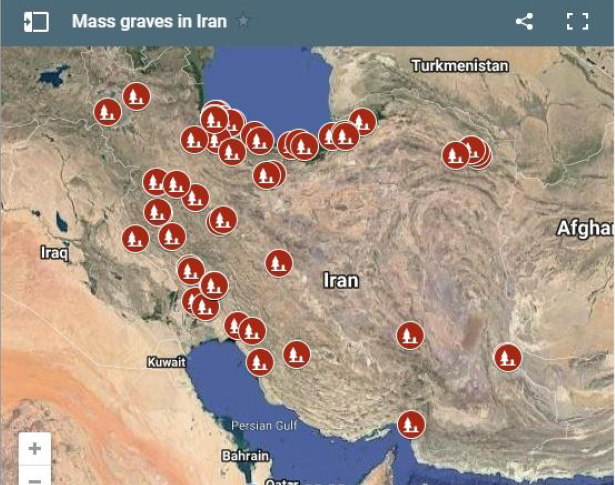
The letter from the victims’ families called new attention to the ongoing cover-up and implores the international community to act against the developing project targeting a mass grave in Khavaran Cemetery.
The letter says, “previously, [the regime] destroyed or damaged the mass graves of the 1988 victims in Ahvaz, Tabriz, Mashhad, and elsewhere.” This highlights the threat that these actions pose to the effectiveness of a future investigation into the massacre.
Further to this, they try to relay to Secretary-General Guterres, a sense of urgency in the investigation. The letter concluded by imploring Guterres along with “the relevant bodies at the United Nations and international human rights organizations to prevent the regime from destroying the mass graves, eliminating the evidence of their crime, and inflicting psychological torture upon thousands of families of the victims throughout Iran.”
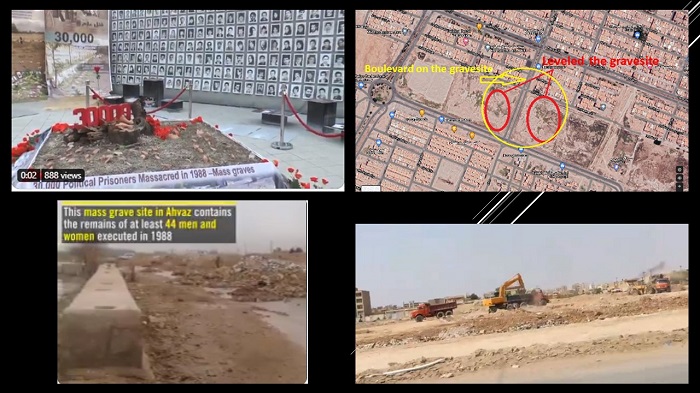
MEK Iran (follow us on Twitter and Facebook)
and People’s Mojahedin Organization of Iran – MEK IRAN – YouTube







